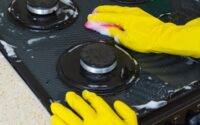Seven Different Approaches to Clean Washbasin Drain
Different Approaches to Clean Washbasin Drain
You may save the expense of visiting a plumber by learning how to Clean Washbasin Drain slowly on your own, which will also allow you to solve the issue more quickly and simply. One of the most common plumbing issues is a drain that is sluggish and lethargic. The one that is most likely to be affected by this specific issue is the washbasin in the bathroom, and the fact that it drains slowly might be caused by a number of different factors.

The majority of the time, a washbasin that drains slowly is because of small obstructions or the accumulation of soap scum. Due to the fact that the sink is utilized on a regular basis, the window that opens that is utilized for backing up the sink may often gather a lot of fluff and other dirt. Additionally, the accumulation of soap and other materials that are rinsed down the drain may cause the drain pipes to get clogged over time. The deposit that occurs gradually over time shrinks the dimensions of the drainage drain, which essentially slows the rate at which water is drained away. This drainage problem develops on its own over time and often cannot be prevented. The only answer is to regularly clear the drain so that water may continue to flow through it.
The Most Effective Remedies for Sinks That Drain Sluggishly
Using a Zip-It Tool, I Cleaned Up the Clutter.
You may fix a sink that drains slowly without using vinegar or any other kind of drain cleaner by utilizing a simple instrument called a Zip-it to clear obstructions manually. The first thing you need to do to have the water draining properly again from the washbasin is to remove any hair and other debris that may have accumulated in the drain. Utilizing the Zip-it tool, which is a low-cost device that can do miraculous feats in a matter of minutes, is one of the most straightforward ways to accomplish this goal.
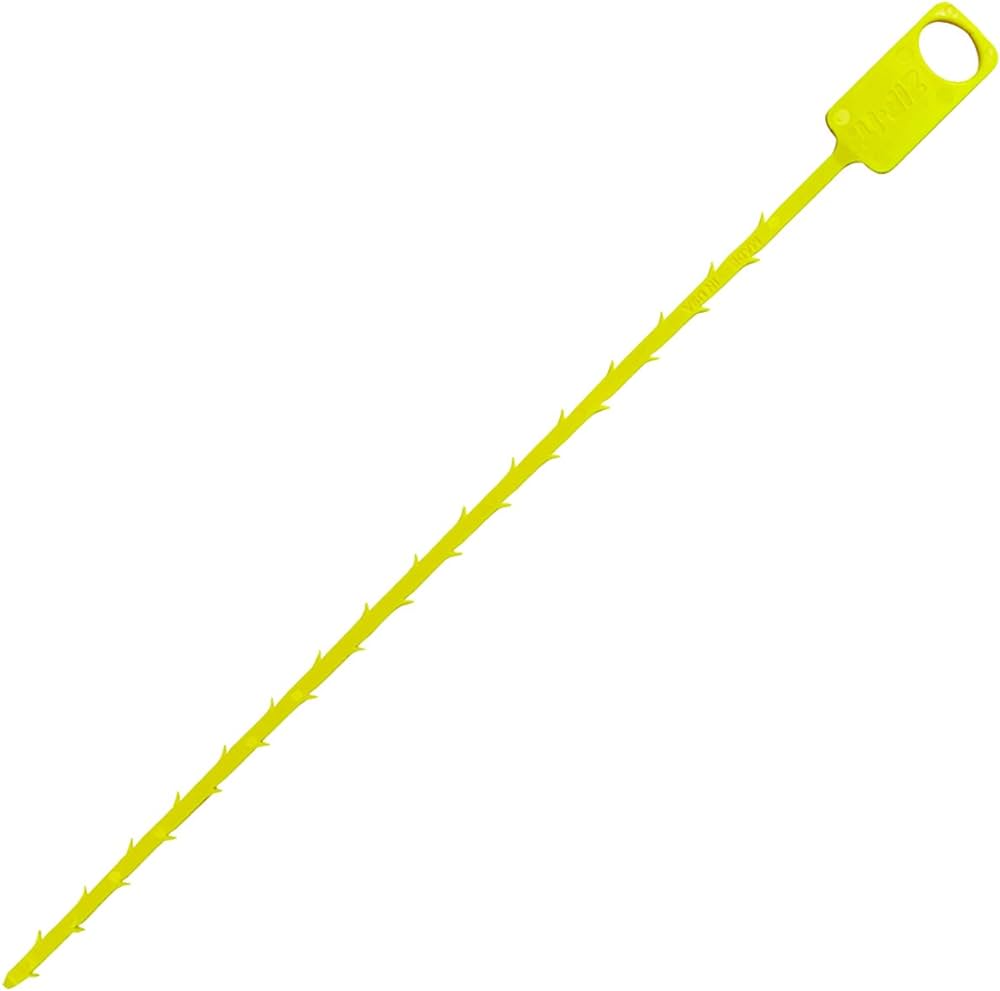
It is possible to remove hair and other debris from the drain by first inserting the Zip-it tool into the drain and allowing it to do its job. The Zip-it may be employed in a sink draining regardless of whether it has a window that opens since it is sufficiently slim to be removable even sans pop-up. Alternatively, it can be employed in a dish drain without a pop-up.
Take down that pop-up!
Pop-up was taken out of the sink while wearing yellow gloves in order to unclog the drain. Because of its design, the pop-up drain in the washbasin tends to attract a lot of dirt and grime over time. You also have the option of removing the pop-up and cleaning it by hand in the event that you do not own a Zip-it tool or in the event that the tool is unable to remove all of the dirt.
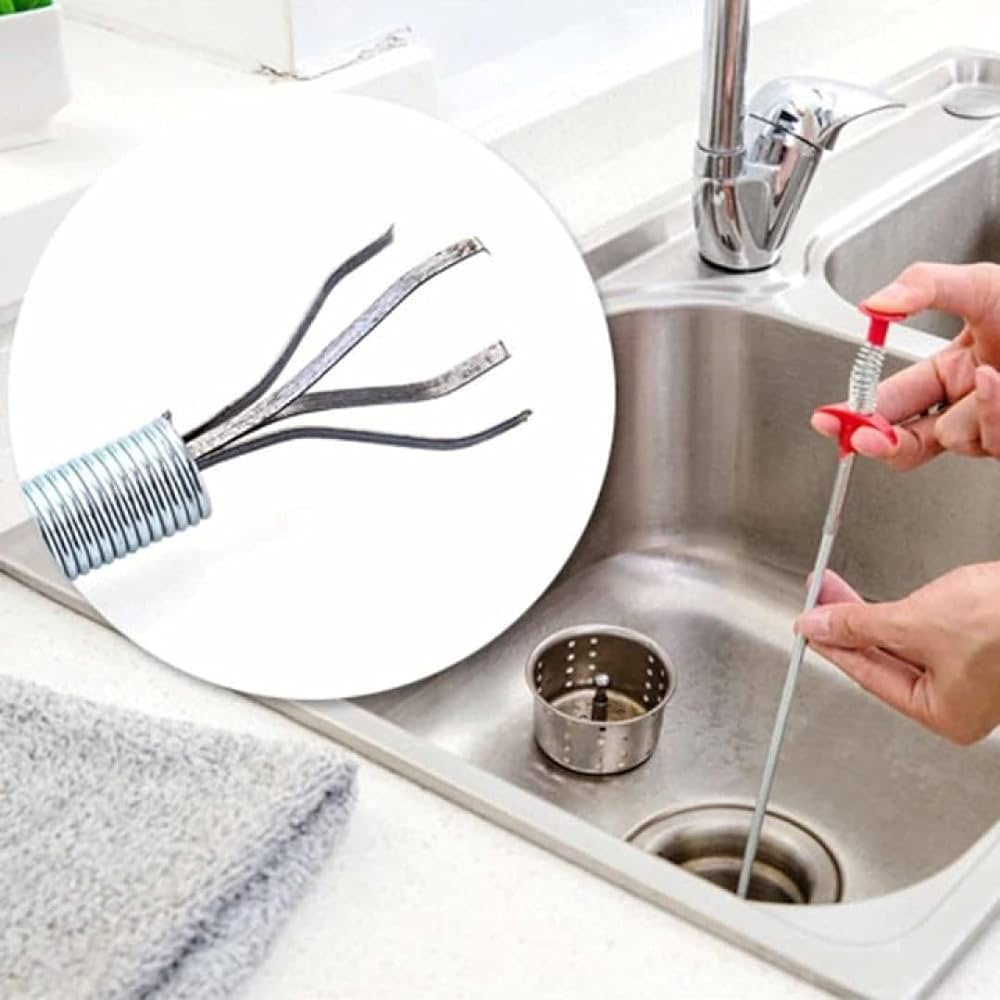
The majority of pop-ups have a nut that is linked to the drain immediately beneath the sink, and this nut keeps them in place. Find the pop-up nut by reaching under the drain pipe beneath the sink. This will allow you to remove the pop-up. After the nut has been taken off, the pop-up may be taken out of the basin drain, cleaned and then put back in place again.
Make your own drain cleaner at home
Using a spoon and some yellow gloves, the homemade drain cleaner was poured down the washbasin drain. Baking soda, in the amount of a half cup, should be poured down a sink with a slow drain. After that, pour a half cup of vinegar over it. Allow the ingredients to sit together for a couple of minutes. To remove the obstruction, the solution should be washed with water that has been brought to a boil. After the heavier material has been removed, you may use this handmade drain cleaner to clean the pipes that are connected to the drain.
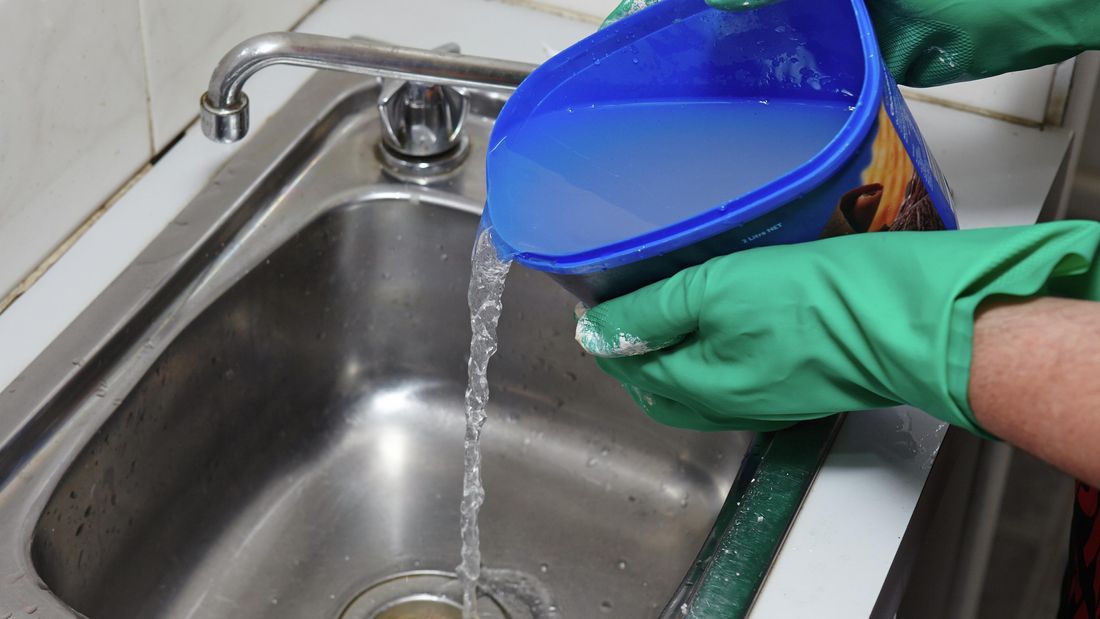
When two popular and affordable home goods are used together, a reaction occurs that may assist to break through the mucky build-up that has formed on the interior of the drain pipes. In order to restore the drain’s ability to function normally, the accumulation of debris must first be removed. By making your own drain cleaner, you may save money and prevent the introduction of dangerous chemicals into the water system.
Clean the Overflow of the Washbasin
Using an old toothbrush and some yellow gloves, I cleaned up the sink’s overflow hole. In the event that water in the washbasin unexpectedly rises to a level that is too high for it, the overflow aperture will direct the water down to the sewer. When the washbasin is full of water, it is very important to have enough ventilation so that air may enter down the drain. The water in the washbasin is able to evacuate more quickly because to the air that is drawn in via the overflow and down the drain.
The overflow of the washbasin is another location where trash and buildup have the potential to accumulate as time passes. If a washbasin drains gradually and washing the plumbing does not appear to fix the issue, you should also clean the overflow, as this may be the cause of the sluggish draining.
Make use of a Plunger
The blue cloth was used to cover the sink overflowing while the black plunger was put over the sink drain. You don’t have to save the plunger for when the drain is completely clogged; you may use it even if the water is just draining slowly. The hair and other particles that have accumulated in the pipe may be loosened and removed with the assistance of a little bit of plunging. Before using the plunger, you should cover the overflow of the faucet with a cloth or a piece of duct tape to increase the likelihood that it will be successful. The creation of a stamp, which is essential for unclogging any pipe, is facilitated by covering the overflow.
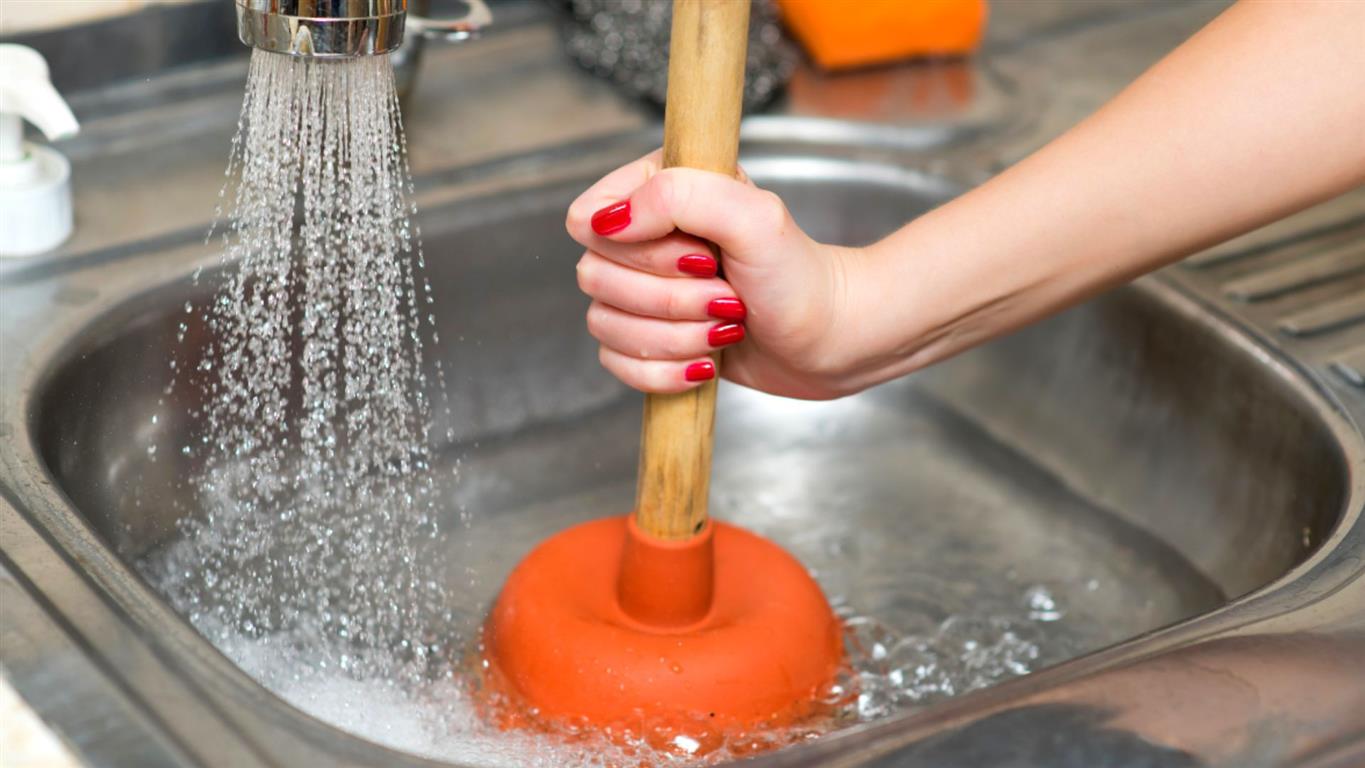
Make use of a Snake
The drain pipe was penetrated by the snake cable. If more straightforward approaches are unsuccessful, you may want to think about renting or purchasing a drain digger to snake the drain of a kitchen or bathroom sink. It is a thin metallic cabling that is elastic and can be coiled or unwrapped on a reel; this kind of cable is also known as a plumbers snake. It features a pointed or corkscrew-like head that may pierce obstructions, loosen them, and draw them upward or out of the pipe.

Scrub out the P-Trap.
removing the old trap bent pipe from the washbasin tailpiece while holding a bucket underneath it. The P-trap is the drain pipe below the sink that has a bend in the form of a “P” turned at 90 degrees rotating to the side. If all of the previous procedures do not clear a tenacious clog, the next step before consulting a professional is to remove the P-trap and clean it thoroughly. This U-shaped curve in the pipe is a prime location for crud such as hair, food, grease, and debris to accumulate to the point that it becomes blocked.
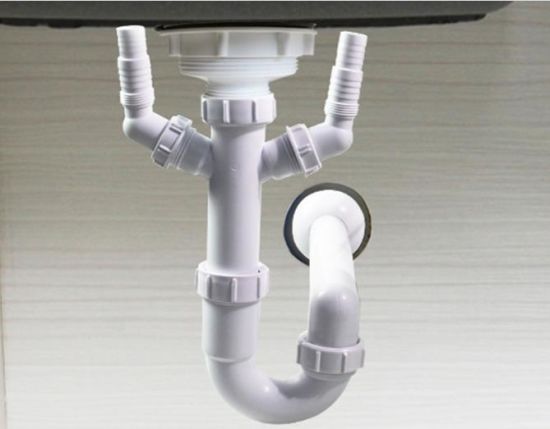
Turning off the drinking water connection to the washbasin is the first step in securely disconnecting and cleaning the P-trap. After you have removed the drain pipe, you will want a bucket to collect the water and material that has been left behind. You may also require canal lock forceps or a wrench in the event that you are unable to loosen the slip-on nuts by hands. To remove the trap, first detached the slip nuts, then pull it down to take out it, then cleanse the conduit, and then reinstall it.
Advice on How to Prevent Sinks From Draining Slowly
The greatest approach to avoid having a washbasin that drains slowly is to exercise caution with the items that you put down it. Make use of a garbage can for disposing of loose hair, toothpaste that has become gummy, or while cleaning the area around a sink of dust or crumbs.
- The only things that should be put in sinks are water, soap, and toothpaste. Use the appropriate amount of toothpaste and thoroughly spread it in the lips; refrain from allowing globs of toothpaste to run down the drain without first being dissolved.
- You may prevent your hair and other debris from travelling down the drain by either avoiding washing the hair around the basin or purchasing a drain hair catch made of fine mesh that fits over the pipe hole. If you want to shave your head over the counter, use a washcloth to remove the stubble, and then rinse both the handkerchief and the shaving instrument in the washing basin. Pour the water down the drain of the bathtub or the toilet.
- Regularly removing the sink stopper and washing the drainage area of any hair or debris that may have been entrapped inside is the most effective way to keep the sink stopper clean.
- Regularly flushing your sink with steaming water may assist move or loosen stubborn deposits of mineral deposits, grease, toothpaste and hair that have become sludgy or hard to remove. The use of water that has been brought to a boil is recommended by certain authorities; nevertheless, users should exercise caution while doing so since boiling water may melt PVC and break porcelain.

